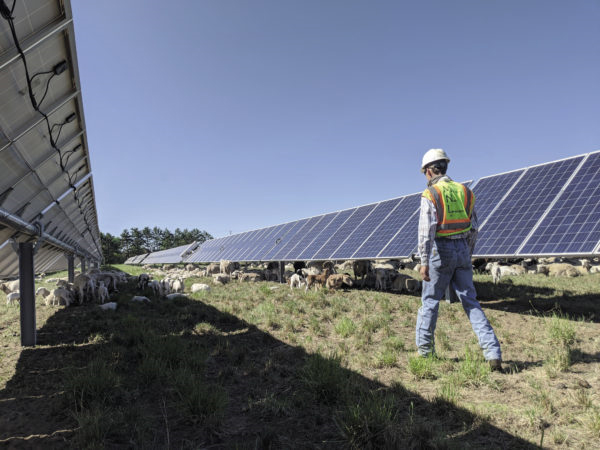CM Solar
Japan’s Struggle to Drive Down Renewables Costs

U.S.-owned analyst Wood Mackenzie has predicted Japan is on track to overshoot its 2030 renewable energy target but will have to work harder to drive down the cost of solar and wind energy if it is also to achieve its clean hydrogen ambition.
WoodMac estimates the dampening effect of Covid-19 suppression measures on energy demand and the related oil price crash have driven down power supply costs in the nation 15% this year and yesterday predicted lower electricity demand forecasts and ever-cheaper solar panels and wind turbines will combine to attract $100 billion of renewables investment to Japan this decade.
That will mean the national target of generating 22-24% of electricity from renewables by 2030 will be surpassed as the country will hit 27% clean energy by that point.
The analyst stated a renewables sector which already features 45 GW of solar generation capacity, supplied 8% of the total 19% clean energy share of the generation mix last year from its solar and wind facilities. The technologies will supply 18% of the Japanese generation profile in ten years’ time, according to WoodMac, thanks in part to a further 30% reduction in generation costs on the back of falling hardware prices.
However, hitting clean hydrogen targets which include expanding the current 4,000 fuel-cell vehicle fleet on Japan’s roads to 200,000 by 2025 and 800,000 by 2030 will be tough, according to WoodMac research director Prakash Sharma. The analyst said generating green hydrogen is 2-4 times more expensive than creating the gas from fossil fuels, in a nation renowned for high electricity prices.
The government wants to drive down the cost of green hydrogen to $3/kg by 2030 but doing so would require the levelized cost of energy from solar and wind facilities to fall a further 37% than the 30% figure anticipated above, according to Sharma.
Large scale PV costs in Japan are still among the highest in the world. In the last solar auction held in the country, in January, the lowest price offered was ¥10.99/kWh ($0.10) and the highest ¥13, for an average ¥12.57. The main issues solar developers have to address are land availability – in part due to restrictions on the use of abandoned agricultural sites – and grid constraints.
WoodMac’s assessment of the nation’s hydrogen ambition added, with fuel-cell vehicles around 30% more expensive than electric vehicles, government support will be needed to roll out hydrogen transport infrastructure as well as cost reductions from car manufacturers.
That all adds up to good news for regional neighbor Australia, which is already making production cost gains in the green hydrogen sector just as Japan is expected to have to import the fuel to meet its hydrogen target.
